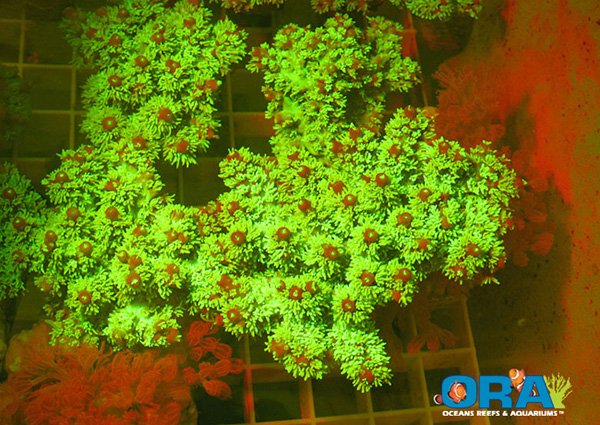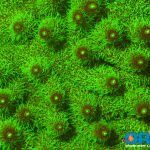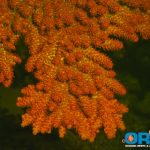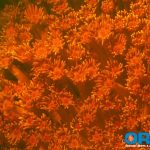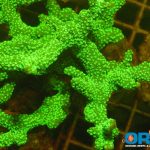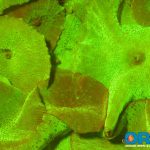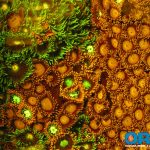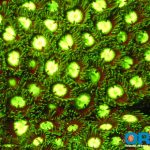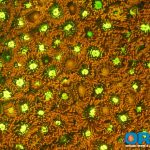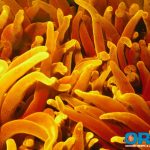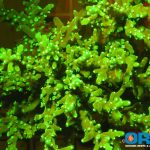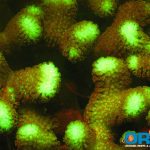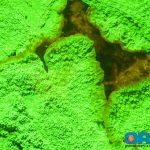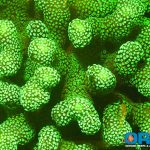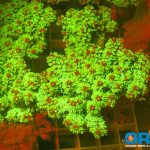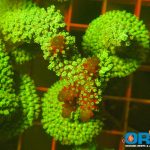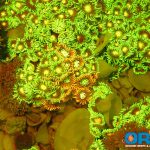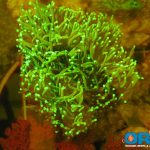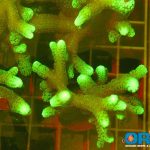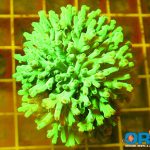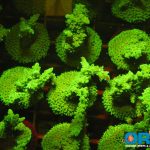Last spring Charlie Mazel from NightSea came to visit ORA and he brought his specialty camera equipment with him. NightSea specializes in viewing and photography equipment that reveals the hidden dimension of fluorescence in corals and other subjects. Charlie’s camera setup had a special excitation filter for the external flash that converted it from a source of white light to blue light. His lens had a special filter that blocked the reflected blue light and allowed the fluorescence to be captured.
“Besides being beautiful, fluorescence is useful to coral researchers as the only way to find newly settled and early stage juvenile corals in the natural reef environment. This works in reef aquarium tanks, too, allowing you to spot new recruits very early. The fluorescent proteins in corals are playing a major role in biotechnology – by attaching the gene for the fluorescent protein to a gene of interest in a study organism you can make whatever is coded by that gene become fluorescent and easy to study. For more information visit the Green Fluorescent Protein web page at Connecticut College. As for what the fluorescence means to the corals themselves, scientists are still trying to figure that one out!”
– Charlie Mazel
Our greenhouse is a challenging environment for this kind of photography, which is usually done in low light or darkness. The mid-day sun can be quite intense and the surface reflections are often difficult to work with. Despite the challenges Charlie was able to get some great photos. Check out the photo gallery below!
It is pretty awesome to see the corals that we work with every day in a whole new light. Some of them blew us away, especially the Bellina and Hawkins photos. We wanted to thank Charlie for allowing us to use the photos that he took.
Be sure to check out the NightSea website at www.nightsea.com you can also find them on Facebook here.

